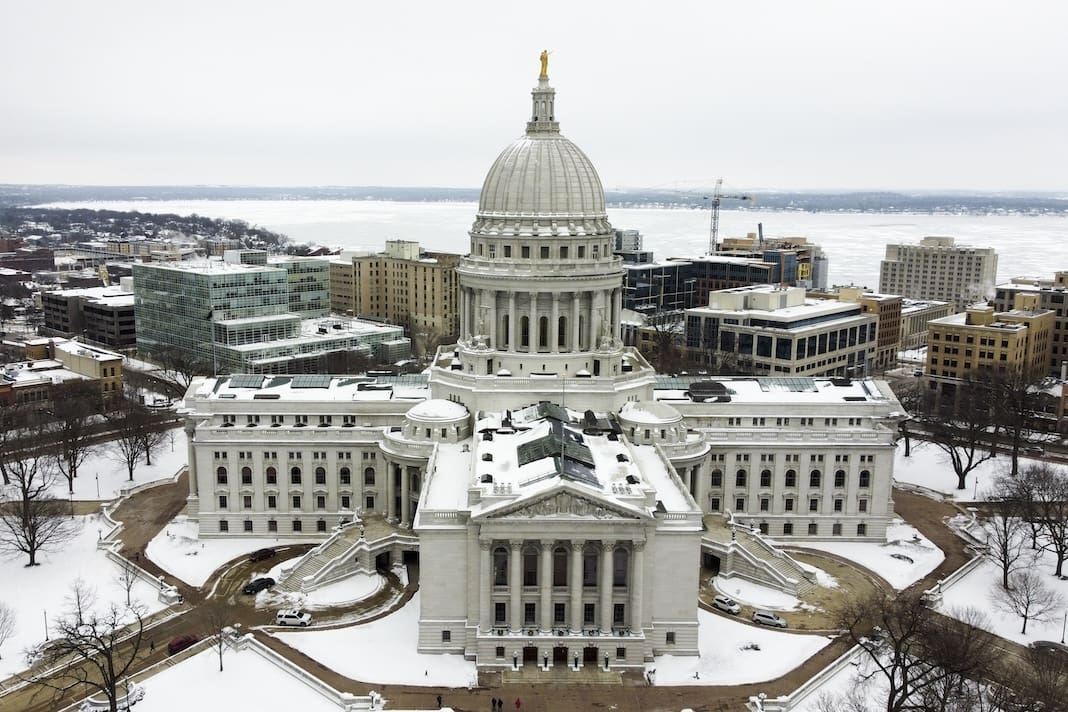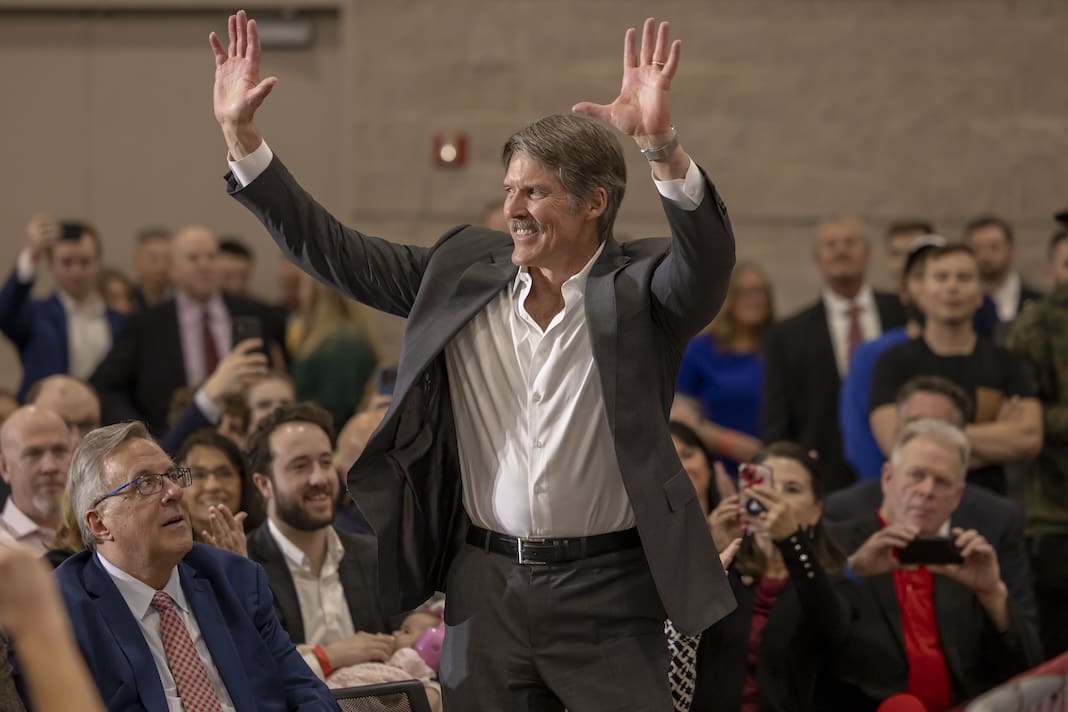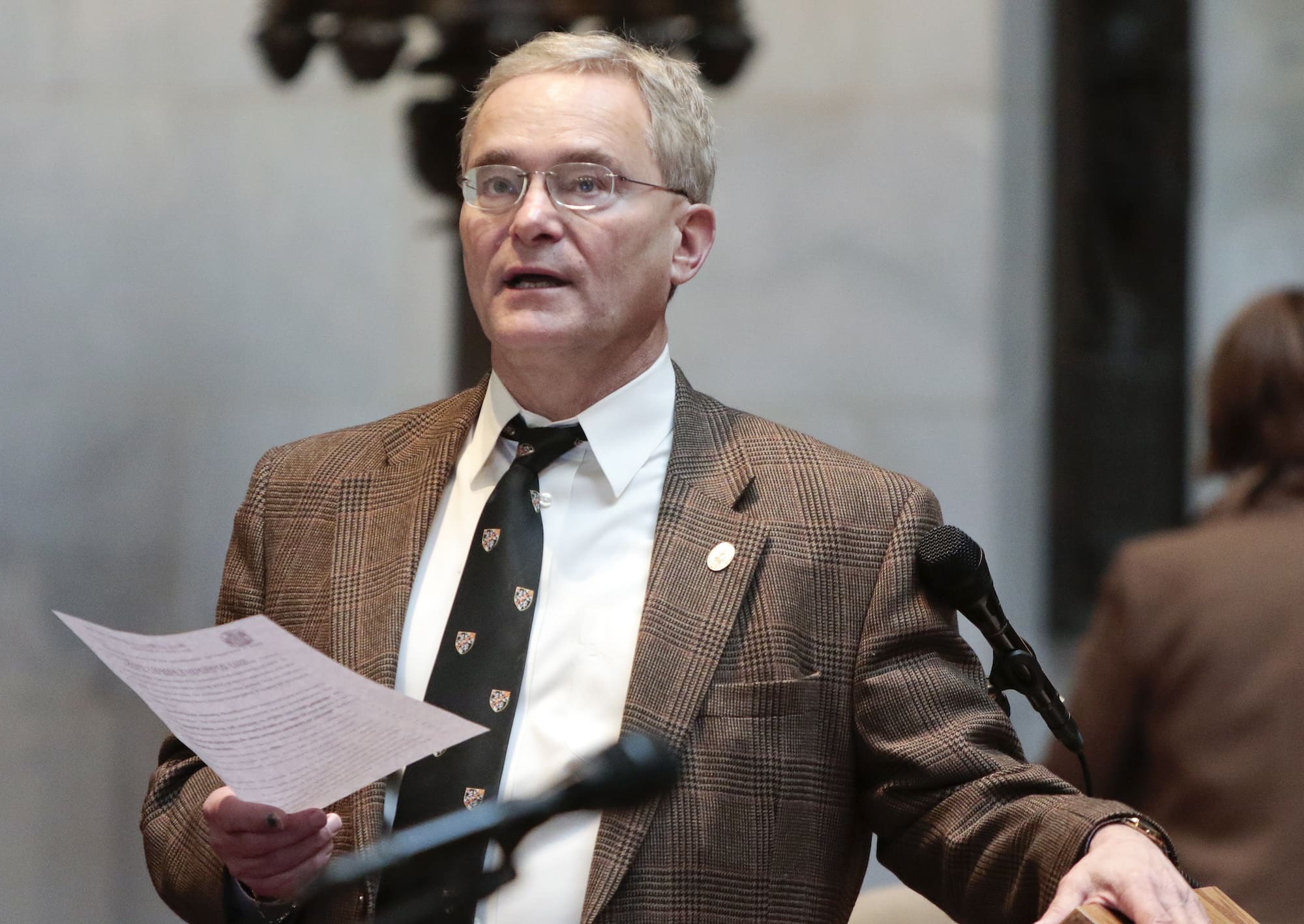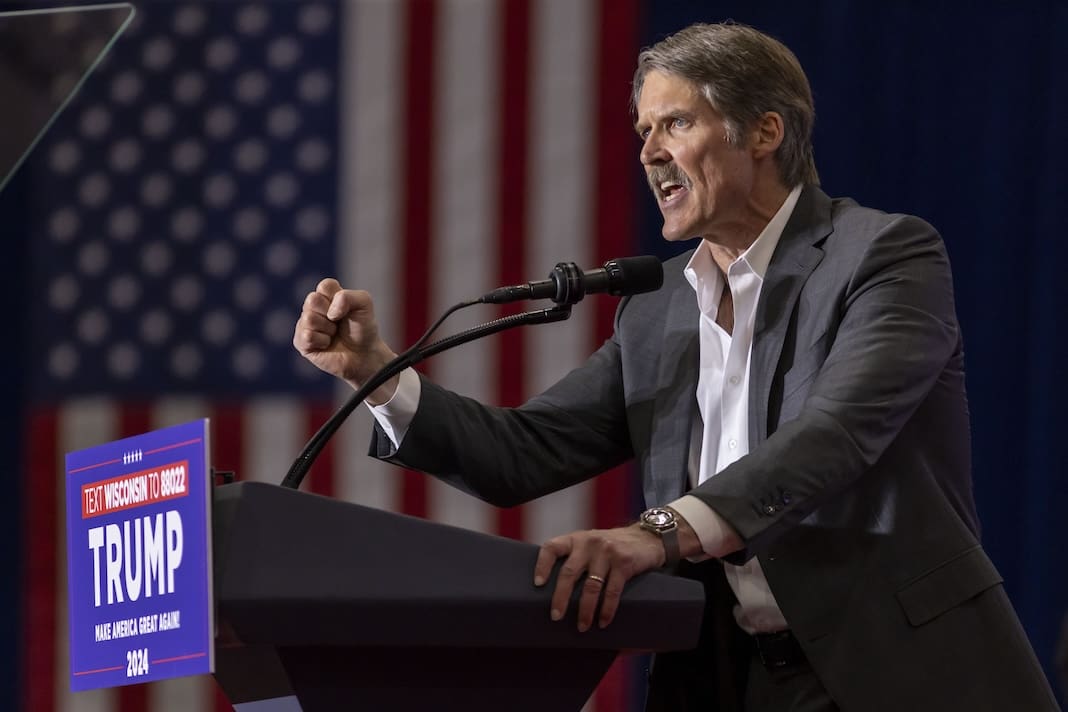Competitive elections are growing extinct in Wisconsin due to gerrymandering
Most statehouse races are foregone conclusions. What can the few remaining competitive ones tell us?

Democratic Wisconsin state Rep. Steve Doyle is pretty much always campaigning.
In the Republican-leaning 94th Assembly district, which encompasses the suburban area of La Crosse in western Wisconsin, Doyle knows he has to appeal to voters on both sides of the aisle. He has made a conscious effort to govern more moderately, engage in the community and knock on tens of thousands of doors while campaigning in the last decade.
“In my district it doesn’t take a whole lot of people to be mad at me for me to get beat in the next election,” Doyle said. “So I do have to keep my ear to the ground and really pay attention to what people in my district think.”
But not every candidate in Wisconsin needs to connect with as many voters and knock on as many doors as Doyle; his district is one of the few remaining competitive Assembly districts in the state due to gerrymandering. Wisconsin has been considered one of the most gerrymandered states in the nation, giving Republicans a leg up since 2011.
The Wisconsin Supreme Court is now reviewing the latest Republican-drawn maps in a case where Democratic voters are asking that new maps be drawn and that every legislator be reelected to newly-formed districts next November.
Another byproduct of gerrymandering is uncompetitive elections. For many candidates in Wisconsin, it’s almost a given they’ll be elected because of how the maps have been drawn. This is a consequence that largely goes undiscussed, according to University of Wisconsin-La Crosse political science professor Anthony Chergosky.
“This should not be overlooked in the broader public dialogue,” Chergosky said. “In Wisconsin, few members of the state Legislature face any serious competition from the opposing political party. Most represent safe districts where it is almost literally impossible that the opposing party could win in the general election.”
No shades of purple left
Only four of the 99 Assembly races in 2022 were decided by less than five points, and only eight were within a 10-point margin, according to a report from Wisconsin Watch. In nearly 90 of those races, only one incumbent lost, according to another report from the Badger Project.
Doyle was among those four narrow races, beating Republican Ryan Huebsch by less than 3%, his closest win since first elected in 2011. He has faced a Republican opponent every reelection, and he’s won nearly every race by less than 9%, except for 2018 and 2012 when he won by more than 20%.
Meanwhile, across the state in the blue city of Sheboygan, it was all but written in stone in 2022 that Republican incumbent Rep. Terry Katsma would win reelection to the 26th District; he ended up winning an overwhelming 63% of the vote. And in New Berlin’s Assembly District 15 and fellow Sheboygan-area District 59, Republican newcomers ran unopposed.
Fewer competitive races means voters hold less power, which can be seen through Wisconsin’s “efficiency gap,” a tool that measures what percentage of votes have no chance of affecting the outcome of an election because of how the districts have been inflated to benefit a certain party.
The state Assembly’s efficiency gap in 2022 was 13% in favor of Republicans, according to PlanScore, meaning votes cast for Republican candidates were inefficient at a rate 13% lower than votes for Democratic candidates. In 2012, the efficiency gap for the Assembly was 11% in favor of Republicans.
When most races are a foregone conclusion for a certain party, it also means the only real competition most legislators face is in primary elections against a candidate from their own party.
“If legislators could only face a competitive race from within their own party, they have an incentive to focus on the voters who will show up for primary elections. Most people do not vote in primary elections, and those who do tend to have strong views,” Chergosky said.
“Meanwhile, facing competition from the opposing party can only incentivize legislators and candidates to craft messages that appeal to middle-of-the-road swing voters,” he said.
Western Wisconsin can be seen as a microcosm of the state’s reputation as a purple, swing state. The region tends to produce more moderate politicians than elsewhere in the state, and is littered with “pivot counties” that voted for former President Barack Obama in 2008 and 2012 and for former President Donald Trump in 2016.
“It really is kind of in our blood. When we look at the rest of the state, there was a time that there were a lot more purple areas. And I think that western Wisconsin is really the last holdout for people who are willing to engage in crossover voting,” Doyle said.
“I always tell people that when you look at the country as a whole, Wisconsin is considered ground zero for politics. And in Wisconsin, the 3rd [Congressional] District is considered ground zero of Wisconsin. And ground zero within the 3rd District is the 94th Assembly District,” he said.
Not having competitive races means some voters’ voices are being squashed. The current number of Republicans in the state Legislature doesn’t accurately reflect the values of the state, Doyle said, which means there are a lot of issues that voters care about like education, health care, guns, LGBTQ+ rights and spending that aren’t even on the table right now.
Doyle said he knows he has to work hard to get reelected and has to align how he governs with his voters more than his personal beliefs – which is exactly how he thinks it should be.
“It forces me, number one, to listen more. And number two, to give greater respect to the opinions that differ with mine,” he said. Doyle said running in a district where you have to work to get reelected makes him a better legislator.
“If it’s not a competitive district, there’s too much of a chance that you become lazy and you just take your position for granted and you don’t really earn your reelection,” Doyle said. “It doesn’t reflect what our state priorities and values are.”
What can be done?
While nonpartisan maps wouldn’t necessarily guarantee competitiveness, it would certainly improve it. Under a map that was proposed by the People’s Map Commission, a nonpartisan group tasked by Democratic Gov. Tony Evers to draw fair maps during the 2020 redistricting process, Republicans would have still held the majority in the state Assembly, but a significant number of seats would be “genuinely competitive,” according to a March 2023 analysis from Marquette Law School researcher John Johnson.
“The kind of small changes in partisan support which Wisconsin experiences from one election to the next would likely be genuinely consequential to the balance of power in the state Legislature,” Johnson said in the report.
Wisconsin’s state Supreme Court heard oral arguments in the lawsuit challenging the legislative maps last week and is expected to issue its ruling no later than early 2024. New maps must be drawn and approved by March 15 for them to be used in November’s elections, the state’s elections commission has said.
Doyle doesn’t want new maps to hand Democrats an unfair advantage. He just wants the court to make a “level playing field.”
“People should have to earn their seat, not just have it handed to them,” Doyle said. “And if that is what the court accomplishes and both sides are disappointed with the outcome – because both sides have to work extra hard to get elected – then the courts probably fashioned the right remedy.”




